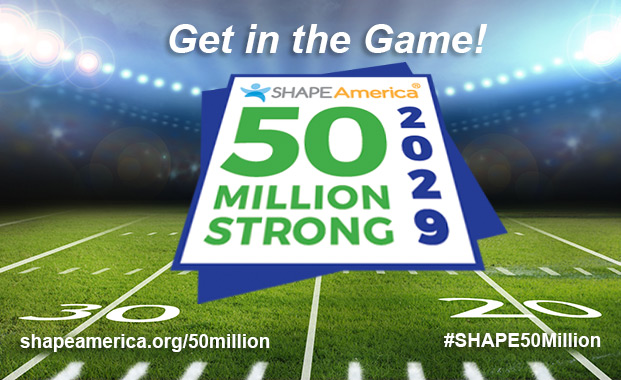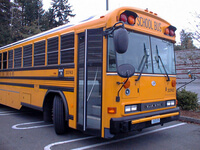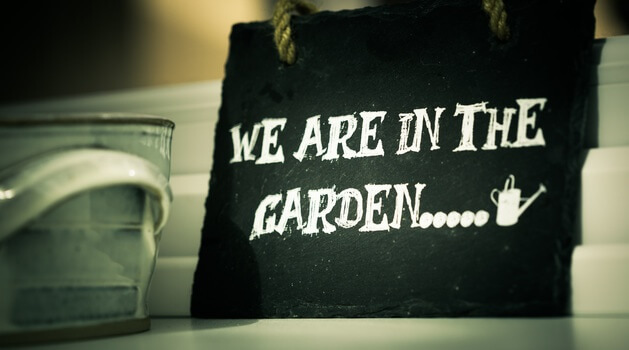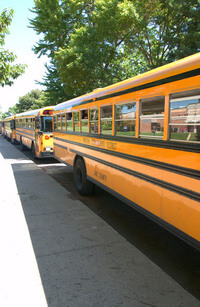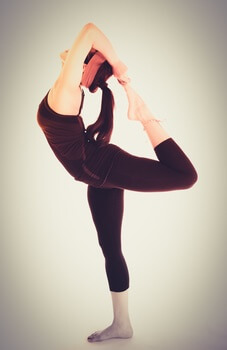How would you characterize your style of leadership? Most leadership styles of athletic coaches today tend to be ones where the coach is always leading, manipulating, and motivating players in specific ways which the coach believes will lead to winning. DeSensi (2014) expressed it this way: “Concern for the needs and aspirations of athletes, followers in this case, does not seem to be at the forefront of coaching/leading responsibilities, nor is nurturing a part of the leader’s intent” (p. 62).
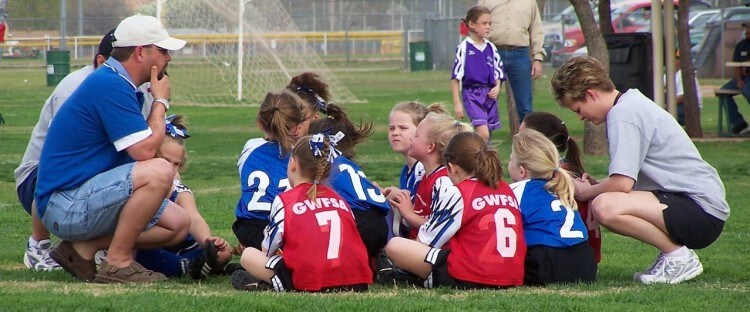
In recent years, an alternative leadership type has emerged. Named “servant-leadership” this leadership style involves leaders who are primarily concerned with serving others and their needs. Servant leadership has unique elements that set it apart from other forms of leadership (Burton & Peachey, 2013). In contrast to other forms of leadership (e.g., transactional or transformational leadership) that mainly focus on the success of the organization, servant leaders are worried about the well-being of and serving the needs of the followers within that organization (Barbuto & Wheeler, 2006; Greenleaf, 1977; Senjaya, Sarros, & Santora, 2008).
Robert Greenleaf is credited for introducing the concept of servant-leadership. Since then others have taken his definition and developed leadership training modules to enhance coaching efficacy. One particular author, Larry Spears, who teaches at Gonzaga University, developed ten characteristics of servant-leadership and uses this model today to continue to educate aspiring leaders. By focusing on the relationship between the leader and follower, servant leadership encourages leaders to consider the needs of followers. The goal is to initially serve followers rather than to focus first on leading them. (DeSensi, 2014).

